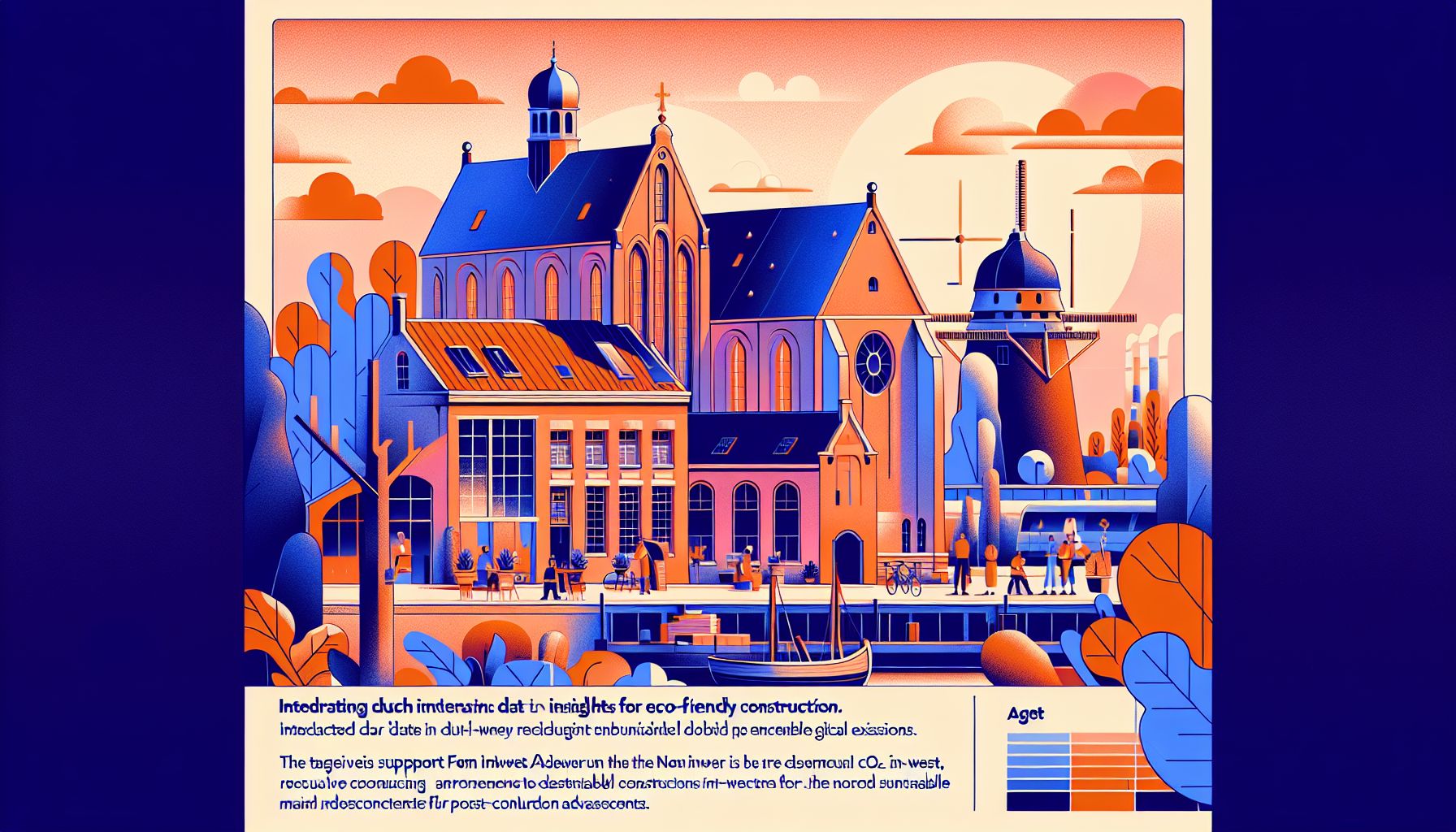VanHier Utilizes Data for Sustainable Construction Advancements

Rotterdam, Thursday, 2 January 2025.
Dutch startup VanHier integrates data insights for eco-friendly construction, with support from ROM InWest, addressing significant CO2 emissions and aiming to produce 15,000 m² of boards annually.
Innovative Approach to Construction Waste
VanHier’s innovative solution addresses a critical environmental challenge in the Netherlands, where approximately 700 million kg of panel material becomes waste annually due to poor recyclability [1]. The startup, founded in 2021, has developed a groundbreaking process to create construction panels from reed mowing waste [1], directly targeting the construction sector which accounts for approximately 11% of global CO2 emissions [1].
Data-Driven Development Strategy
With the support of business developer Jorn Eiting van Liempt from ROM InWest, VanHier has refined its market approach through the ATB program, implementing data-validated decision-making processes [1]. This strategic pivot has led to a clearer market focus and improved product positioning, with their motto ‘Healthy building, healthy living’ reflecting their commitment to 100% natural raw material usage [1].
Scaling Sustainable Production
The company is currently constructing a demo factory with ambitious production targets [1]. In response to growing demand from interior builders and furniture producers, VanHier is focusing on automation to enhance production efficiency [1]. This expansion comes at a crucial time, as the global construction materials market shows increasing demand for sustainable alternatives, with the construction plastic market alone valued at USD 84.09 billion in 2024 [5].
Future Impact and Market Potential
VanHier’s data-driven approach aligns with broader industry trends toward sustainable construction practices. As materials libraries and knowledge centers increasingly demonstrate, there is a growing emphasis on circular construction principles, with the industry accounting for 50% of primary raw material consumption and 50% of total energy consumption [6]. The company’s commitment to validated decision-making and sustainable practices positions it well in a sector that increasingly demands eco-friendly solutions [1].

